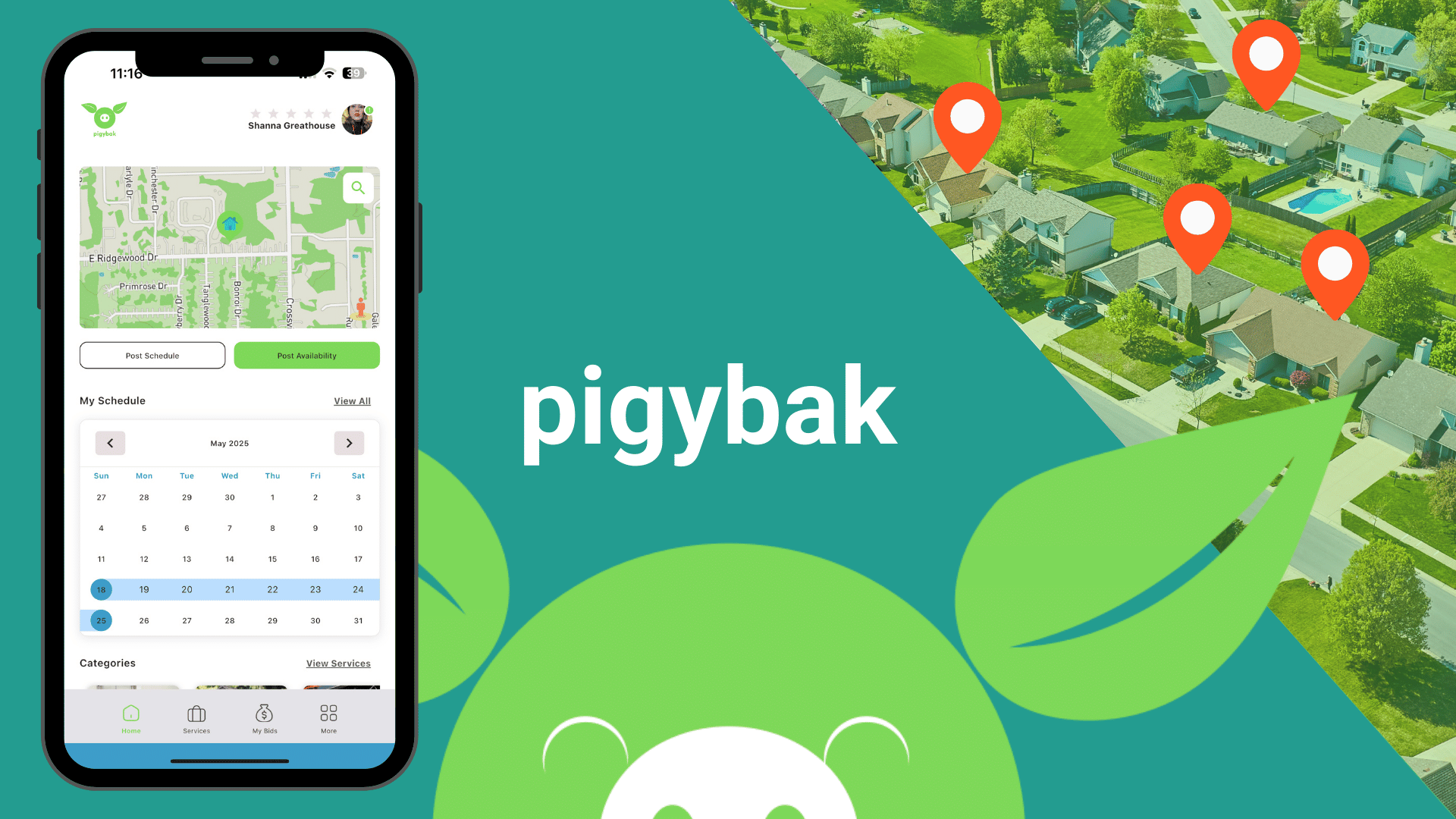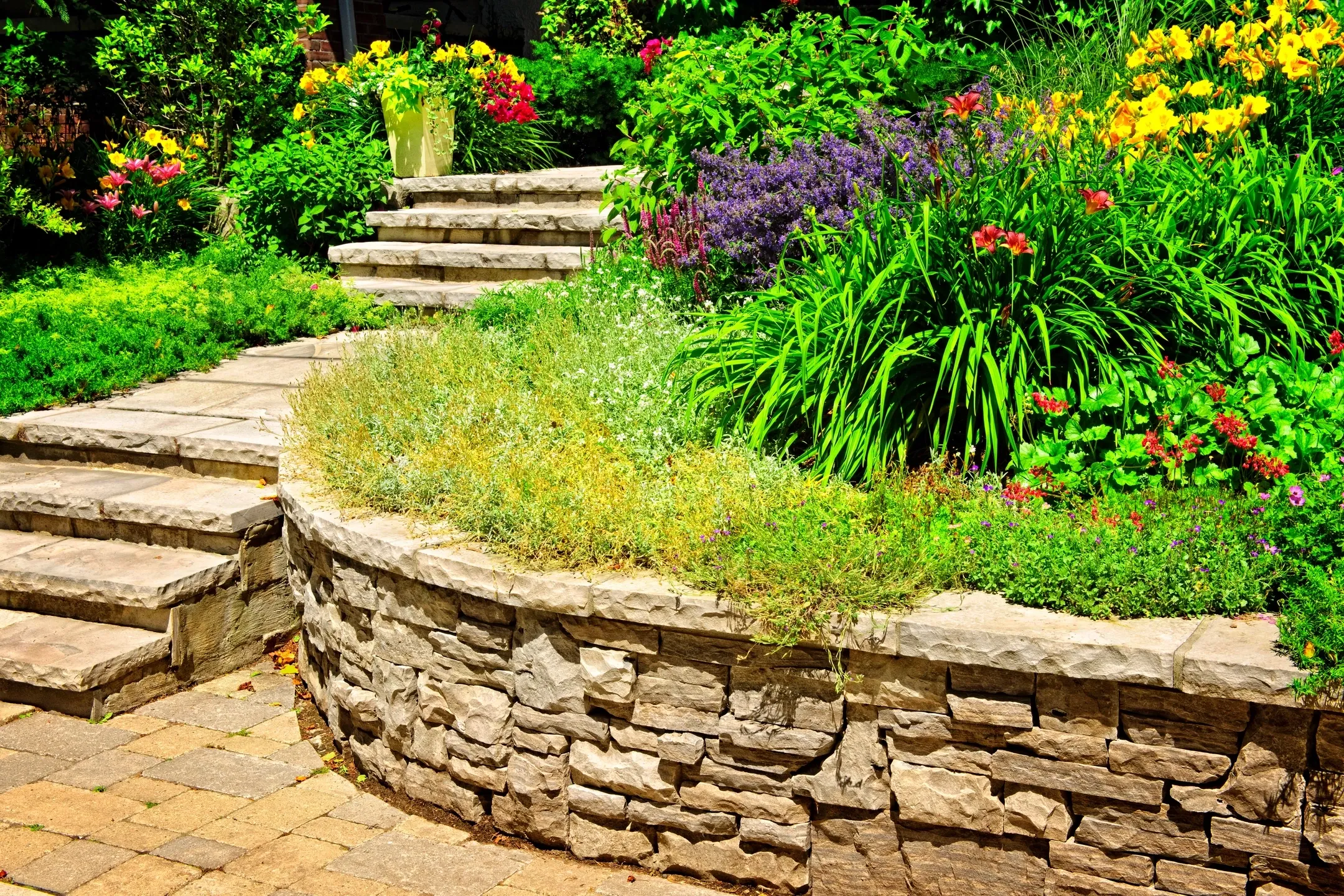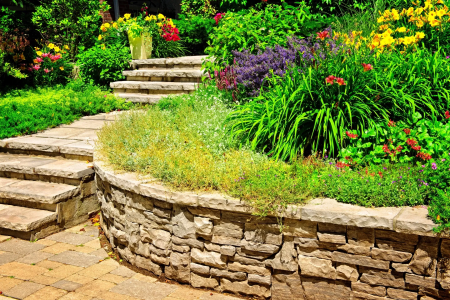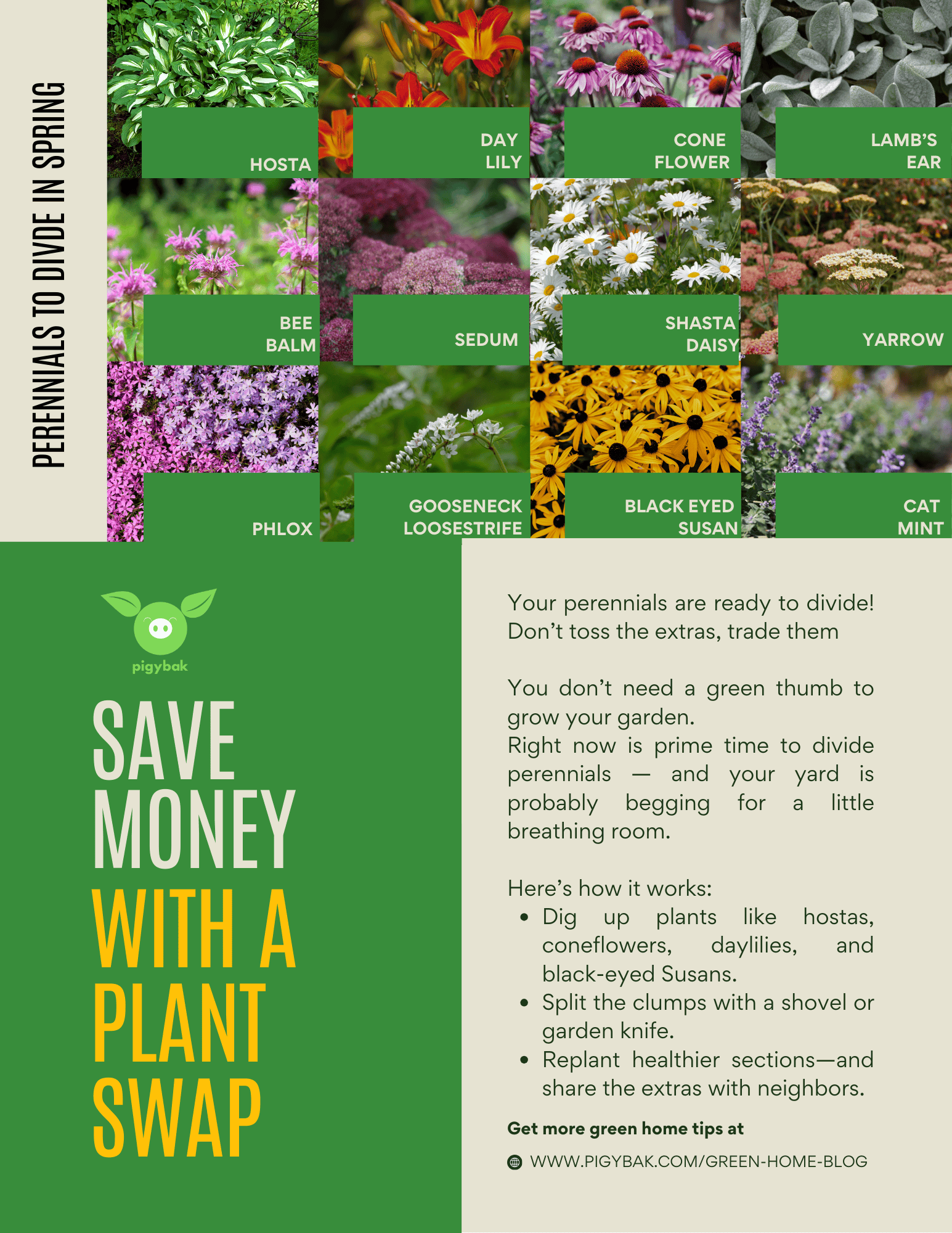
May 18, 2025 | About Us, Features


One of the golden rules of sustainable landscaping? Go native! Native plants are like the overachievers of the plant world—they’re perfectly adapted to your local climate, need way less water (hello, smaller water bill), and double as VIPs for supporting local wildlife. Plus, they’re a huge win for the environment since they cut down the need for chemical pesticides and fertilizers. Translation: less work for you, and a happier, healthier ecosystem.
Not sure where to start? This guide from the National Wildlife Federation helps you find the perfect native plant species for your area. Or, if you’re feeling adventurous, check out Audubon’s Native Plant Database to make your yard a haven for birds and pollinators.
Incorporate these low-maintenance powerhouses into your outdoor space, and suddenly you’re the proud owner of a sustainable landscape that looks amazing and practically runs itself. It’s like outsourcing your yard work to nature—genius, right?
Ready to take your backyard game up a notch? Let Pigybak help you find contractors to bring your sustainable landscaping dreams to life. Because teamwork really does make the dream work.
Let’s talk xeriscaping—a landscaping technique that’s basically the VIP of water conservation. The concept is simple: use drought-tolerant plants, mulch like a pro, and install efficient irrigation systems to keep your yard thriving without sending your water bill through the roof. It’s sustainable, stylish, and way less hassle than traditional landscaping.
Start by choosing plants that actually want to live in your climate (we’re looking at you, cacti and succulents). The U.S. Department of Agriculture’s Plant Hardiness Zone Map is a great place to figure out what works for your area. For tips on grouping plants by their water needs (pro tip: it’s called hydrozoning), check out this guide from the EPA.
Bonus points for adding mulch—it helps retain soil moisture and keeps your plants happy. And if you’re not already using drip irrigation, read up here to save time, water, and stress.
With xeriscaping, your yard gets an eco-friendly glow-up, and you get a little more time to relax.
Why let perfectly good rainwater go to waste when you can put it to work in your yard? By installing rain barrels or cisterns, you can collect water straight from your roof and use it to keep your plants hydrated—no need to crank up the hose. It’s like having a VIP water supply, minus the water bill.
Not only does rainwater harvesting conserve water, but it’s also a double win for the environment. It reduces runoff, minimizes erosion, and helps keep pollutants out of local waterways. Feeling fancy? Here’s a guide from the EPA to get started. Or, if you’re into DIY, check out this tutorial on converting food-grade barrels into rain barrels—it’s easier than you think.
Pro tip: You can often snag food-grade barrels from local companies or agricultural supply stores for cheap. Just make sure to install a screen to keep out debris (and, let’s be honest, mosquitos—nobody invited them).
Ready to make it rain (in the eco-friendly sense)? Pigybak can connect you with contractors to help install your rainwater system, so you can focus on making your yard the envy of the neighborhood.
Traditional paved surfaces may look sleek, but they’re like that one friend who doesn’t pull their weight in group projects—they contribute to water runoff, increase the risk of flooding, and don’t do your soil any favors. Instead, swap them out for permeable surfaces like gravel, permeable pavers, or even recycled stone for driveways, pathways, and patios.
These MVP materials let rainwater infiltrate the soil, replenishing groundwater and reducing runoff. Translation: less flooding, less erosion, and way healthier soil. Bonus points if you opt for recycled materials—check out resources like Recycled Stone Solutions for eco-friendly options that look good and won’t break the bank.
Need a visual? This guide from the U.S. Geological Survey breaks down how permeable surfaces work their magic. Spoiler: it’s all about giving rainwater a chance to do its thing instead of rushing off into storm drains.
Whether you’re rethinking your driveway or revamping your backyard patio, using permeable surfaces isn’t just smart—it’s a win for your wallet, your yard, and the planet. Want some pro help? Pigybak can connect you with contractors who’ll make your eco-friendly vision a reality—because sustainable living should look good too.
Why toss kitchen scraps and yard waste when you can turn them into plant superfood? Composting is like giving your trash a glow-up—reducing the organic waste sent to landfills while providing a natural, nutrient-rich fertilizer for your plants. It’s good for your garden, your wallet, and the planet.
Start by setting up a compost bin or pile in your yard. Toss in items like fruit and veggie peels, coffee grounds, leaves, and grass clippings. Just skip anything animal-based or oily (no one wants a smelly, unwelcome guest situation). And don’t forget to turn your compost regularly—it keeps things aerated and speeds up the magic.
Pro tip: Combine grass clippings (high in nitrogen) with dried leaves (high in carbon) for the perfect compost blend. For mulching fans, ditch the dyed stuff and go au naturel. Many local tree-trimming companies will even drop off fresh wood chips for free, keeping them out of the landfill and saving you cash. Learn more about the benefits of composting from the USDA.
And if you need wood chips? Pigybak makes it easy—post a job request, and let the offers roll in. Your compost game just got an upgrade, and so did your yard. Sustainable living has never looked so good.
Integrated Pest Management: Nature’s Pest Control Hack
Chemical pesticides? Hard pass. Instead, keep your yard’s ecosystem in balance with Integrated Pest Management (IPM)—a fancy way of saying “let nature handle it.” IPM uses natural pest control methods like attracting helpful bugs, companion planting, and keeping your plants healthy to prevent pests from crashing the party.
Want to keep the good bugs around? Plant flowers and herbs that attract beneficial insects like ladybugs and lacewings—they’re the pest police of the garden. Check out this guide from the University of California’s IPM program for ideas on how to attract them.
For pest-repelling plants, look no further than classics like mums, lavender, salvia, and butterfly bushes. They’re like bouncers for your yard, keeping the bad bugs and deer away while looking great. Need to protect your roses? Herbs like oregano are their new best friends. And if deer or other animals treat your garden like a buffet, lamb’s ear is a low-maintenance, fast-growing spreader that says, “Not today.”
The best part? By avoiding chemical pesticides, you’re creating a haven for pollinators and protecting the overall health of your yard.

I, [Customer Name], hereby authorize Pigybak to include my name, phone number, and address in their database. I also opt-in to receive notifications about upcoming services in my area. I validate that the information provided is accurate and represents my personal information, not others.
By providing this authorization, I understand and agree to the following terms:
I authorize Pigybak to set up a profile on my behalf, which may include my name, phone number, and address.
I consent to receiving notifications from Pigybak about upcoming services in my area via text message.
I acknowledge that I have the option to opt out of receiving notifications at any time. I can do so by directly contacting the contractor or managing my preferences in the Pigybak app.
I authorize Pigybak to share my contact information with the contracted service providers for the purpose of facilitating service delivery.
Pigybak agrees not to share my information with third parties without obtaining separate authorization from me.
I understand that Pigybak may update the terms and conditions, and I agree to review them periodically for any changes.
I acknowledge that the standard terms and conditions of the Pigybak mobile application, which can be found at www.pigybak.com/privacy-policy, apply to this authorization.
I acknowledge that this authorization is voluntary, and I have read and understood the terms outlined above. By providing my information, I consent to the terms above.

